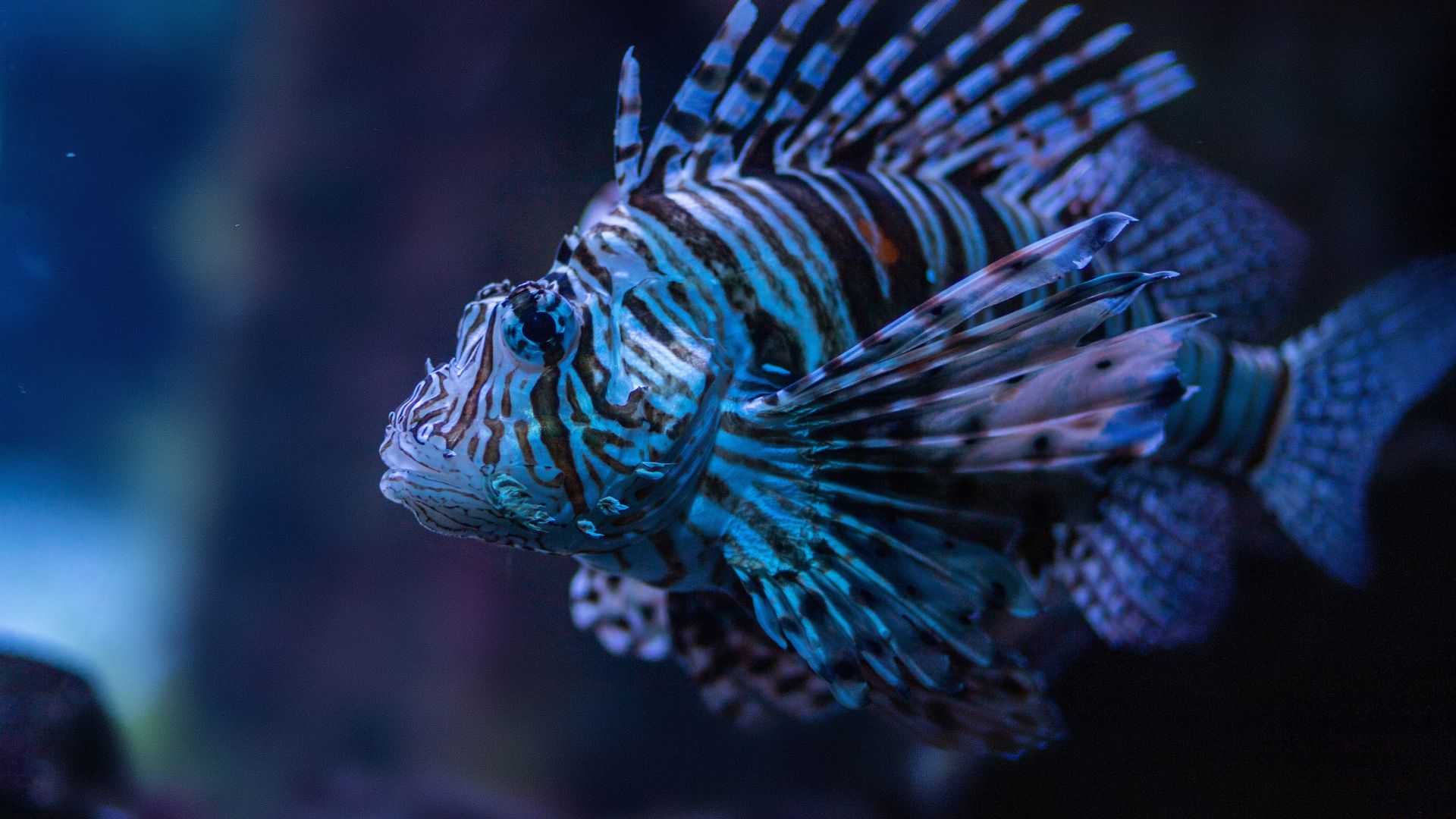Journey into the mysterious depths of the world’s most remote waters to discover some of the rarest and most fascinating fish on the planet.
These aquatic wonders, often hidden in the farthest reaches of the ocean, amaze us with their stunning beauty, unique adaptations, and elusive nature.
Join us as we explore nine extraordinary fish that showcase the incredible diversity and marvels of underwater life, offering a glimpse into a world few have ever seen.
1. Tequila Splitfin
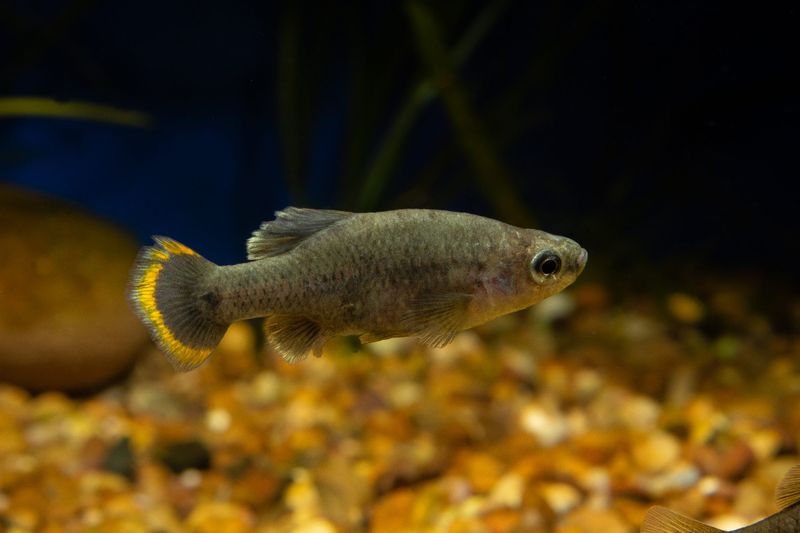
The Tequila Splitfin, a glimmering gem of freshwater habitats, is a marvel to behold. Found in only a single river system in Mexico, its rarity is attributable to habitat destruction and pollution. This fish, often revered for its shimmering scales and vibrant orange fins, has become a symbol of conservation efforts.
Despite its small size, the Tequila Splitfin plays a crucial role in the ecosystem as both predator and prey, helping maintain the delicate balance of its environment. Its diet consists mainly of small invertebrates and algae, making it an integral part of the food chain.
Conservationists have worked tirelessly to reintroduce this species to its native habitat, fostering awareness and encouraging sustainable practices. Their efforts have seen some success, breathing hope into the survival of this enigmatic species.
By protecting the Tequila Splitfin, we preserve a piece of our planet’s rich biological tapestry.
2. Smalltooth Sawfish
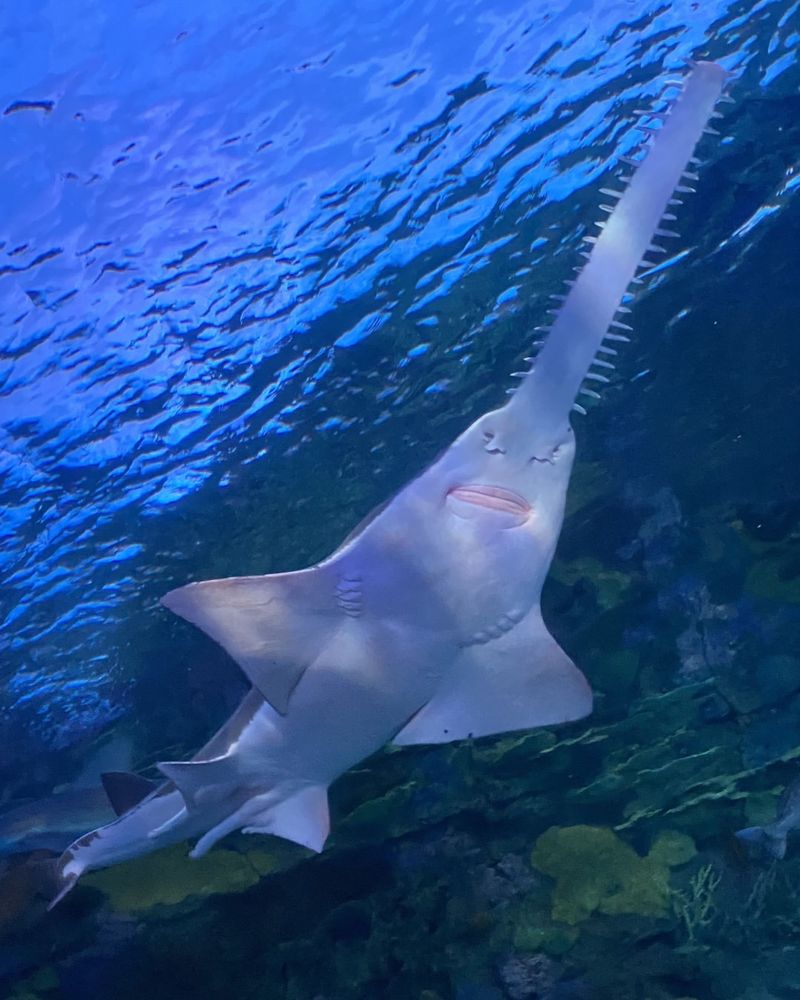
The Smalltooth Sawfish is a mesmerizing creature, easily recognized by its elongated, saw-like snout lined with sharp teeth. This ancient fish, thought to have existed for over 55 million years, is found primarily in the coastal waters of the Atlantic Ocean.
Its unique appearance has led to numerous myths and legends among coastal communities. Unfortunately, the Smalltooth Sawfish faces numerous threats, including habitat loss due to coastal development, bycatch in fishing gear, and illegal hunting for its fins and saws.
These factors have drastically reduced its population, leading to its classification as critically endangered. Conservationists are actively working to protect the Smalltooth Sawfish by establishing marine protected areas and raising awareness about its plight.
Their efforts aim to ensure that future generations can marvel at this unique and ancient fish. In doing so, they hope to maintain the ecological balance of marine environments where the sawfish is an apex predator.
3. Adriatic Sturgeon
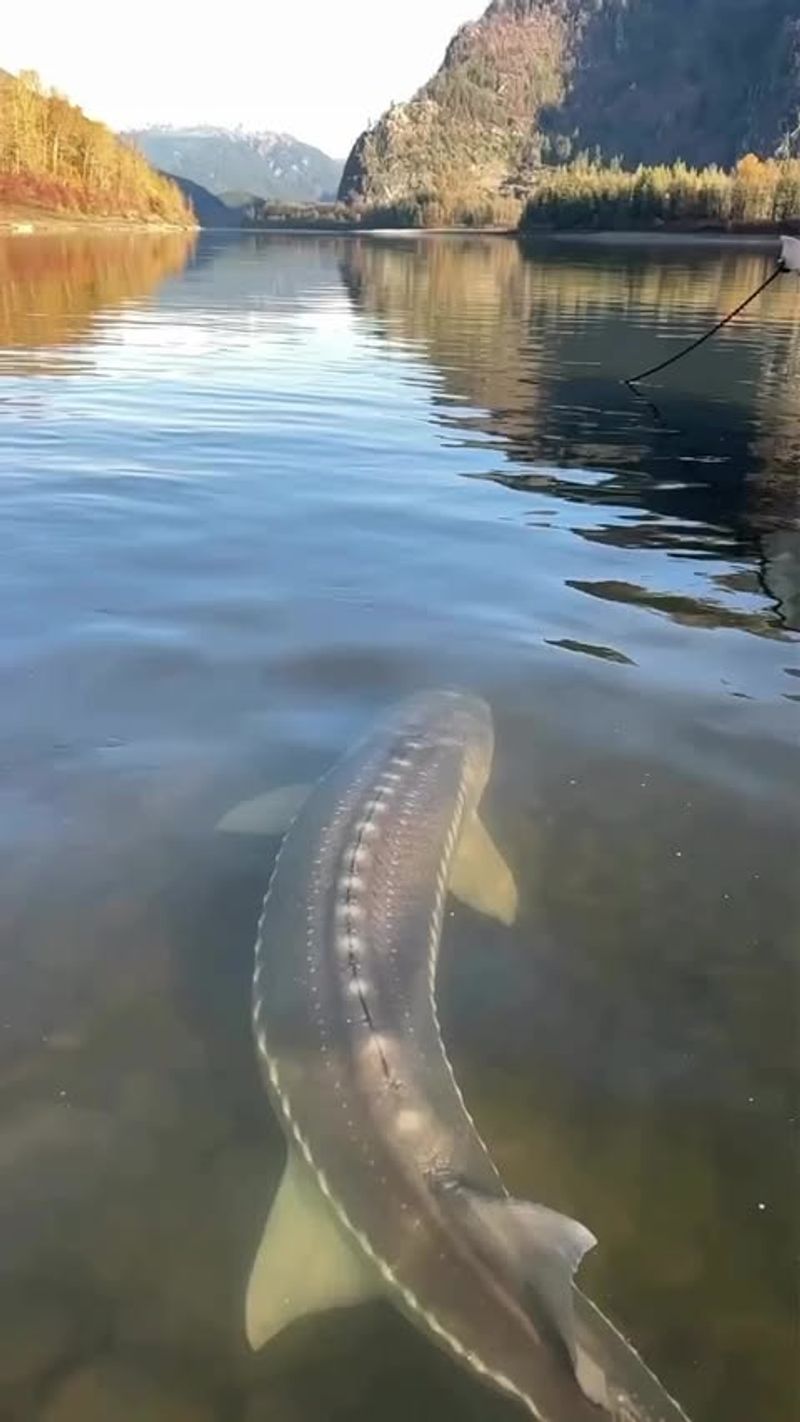
The Adriatic Sturgeon, a relic from the age of dinosaurs, commands attention with its armored body and distinguished elongated snout. Native to the Adriatic Sea and its tributaries, this sturgeon has faced severe population declines due to overfishing and habitat degradation.
Sturgeons are revered for their caviar, a luxury product that has unfortunately contributed to their overexploitation. The Adriatic Sturgeon’s plight highlights the consequences of unsustainable fishing practices.
Efforts are underway to reintroduce sturgeons into their native habitats through breeding programs and habitat restoration.
These endeavors aim to bolster the population and ensure the survival of this ancient species. The story of the Adriatic Sturgeon is a poignant reminder of our responsibility to protect marine biodiversity.
By supporting sustainable fishing and conservation initiatives, we can help preserve these majestic creatures for future generations.
4. Red Handfish
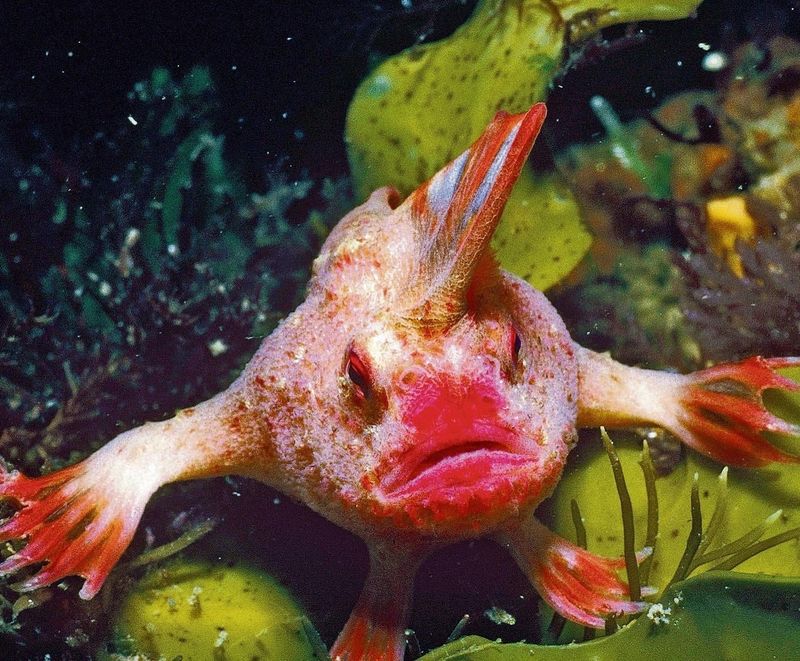
The Red Handfish is a remarkable and rare species, notable for its vibrant red hue and unique, hand-like pectoral fins. Found exclusively off the coast of Tasmania, this fish is known for its unusual locomotion, as it prefers to “walk” along the ocean floor rather than swim.
The Red Handfish’s limited distribution and small population size make it highly vulnerable to environmental changes and human activities such as pollution and habitat destruction.
These challenges have placed it on the critically endangered list, urging immediate conservation actions. Efforts to protect the Red Handfish focus on habitat preservation and pollution mitigation.
By safeguarding the reefs and marine environments where it lives, conservationists hope to secure its future. This fish’s unique characteristics and behaviors underscore the incredible diversity of life found in our oceans, highlighting the importance of protecting these ecosystems.
5. Coelacanth
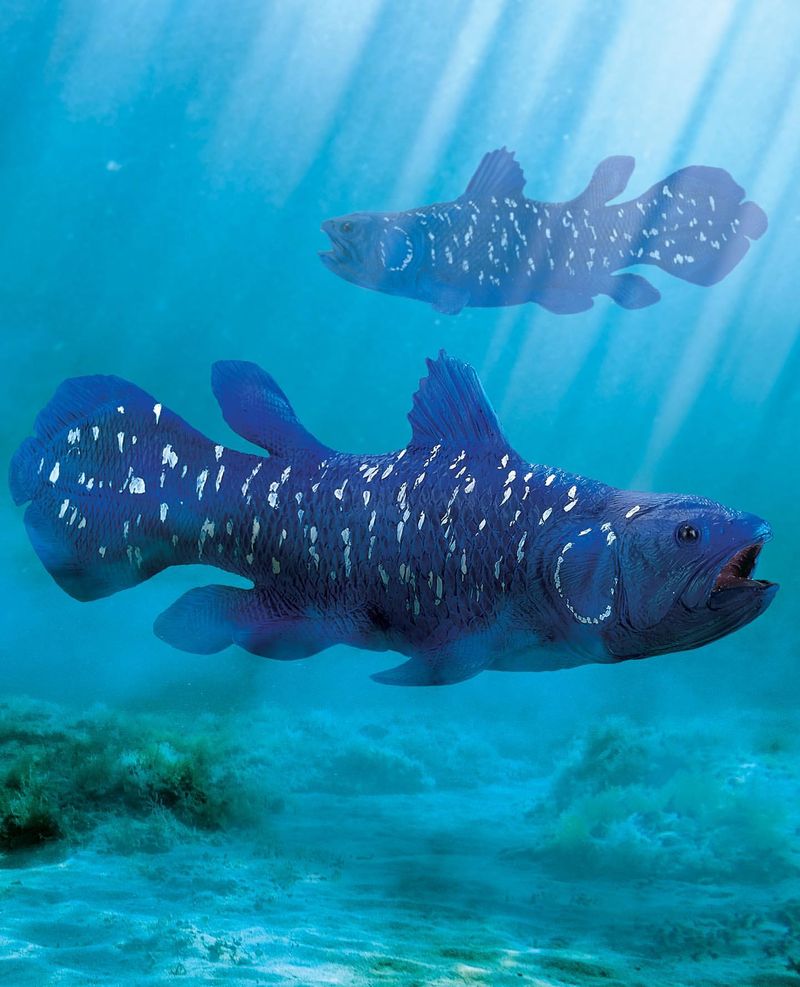
The Coelacanth is a living fossil, a relic of a bygone era that has survived for over 400 million years. With its lobed fins and unique limb-like movements, it has fascinated scientists and the public alike.
Found in the deep waters off the coast of Africa and Indonesia, the Coelacanth was thought to be extinct until its rediscovery in 1938. The deep-sea habitat of the Coelacanth, characterized by its darkness and high pressure, has helped it evade capture and remain largely unchanged for millennia.
However, it faces threats from deep-sea fishing and oil exploration. Conservationists advocate for the protection of its deep-sea environments through international agreements and marine protected areas.
The Coelacanth serves as a symbol of the ocean’s mysteries and the enduring resilience of life. Its continued existence reminds us of the evolutionary marvels that the natural world holds.
6. Giant Sea Bass
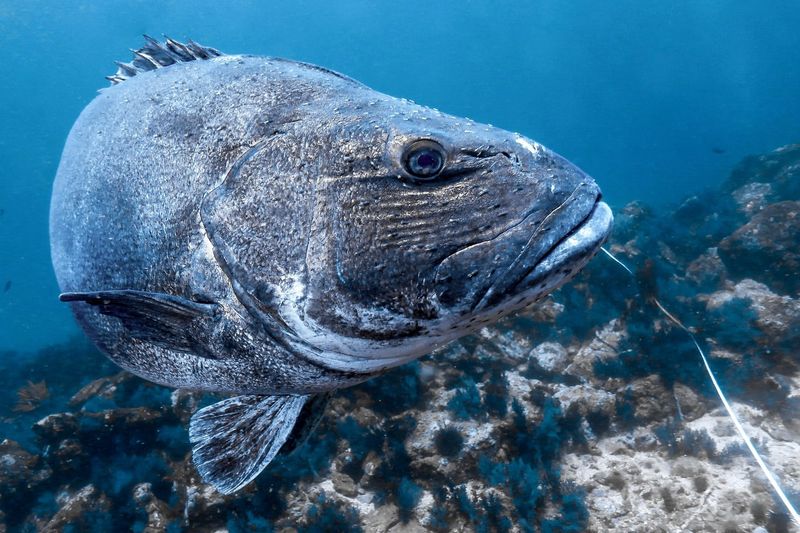
The Giant Sea Bass is a majestic inhabitant of the kelp forests along the California coast. Revered for its immense size and distinctive appearance, this fish can grow over 7 feet in length and weigh up to 500 pounds.
Its presence in the ocean’s ecosystem is both vital and impressive, serving as an indicator of healthy marine environments. Historically overfished for its meat and as a trophy, the Giant Sea Bass has been listed as critically endangered.
Conservation measures, including fishing bans and habitat protection, have been implemented to support its recovery. These efforts have shown promising results, with populations slowly rebounding in protected areas.
The Giant Sea Bass’s story highlights the importance of sustainable fishing practices and marine conservation. By supporting these initiatives, we help ensure that this ocean giant continues to roam the seas.
7. Chinese Paddlefish
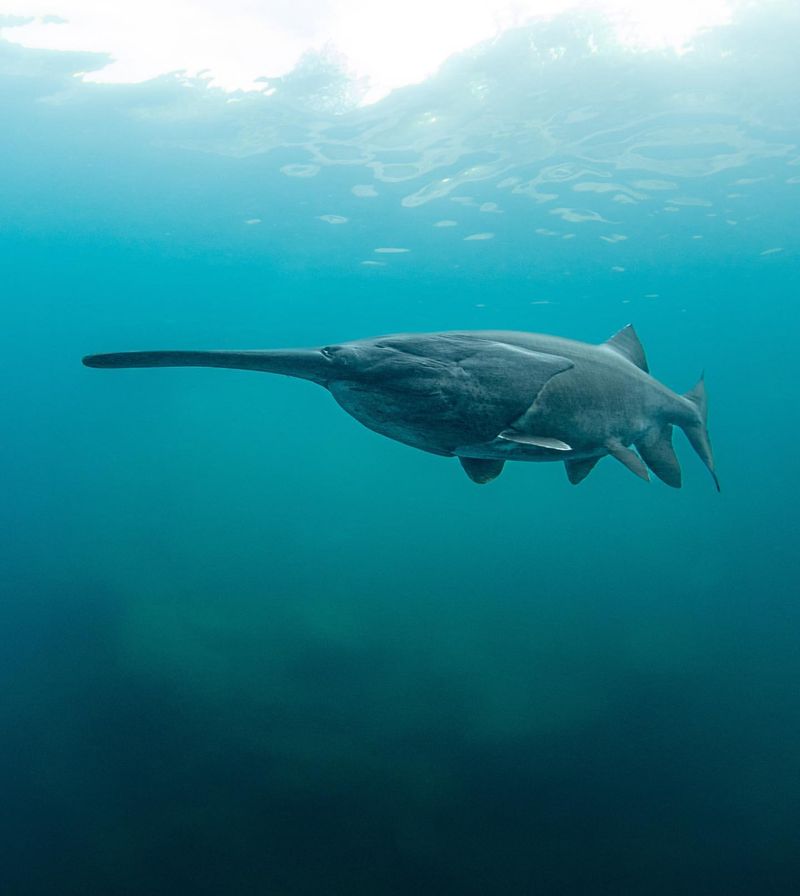
The Chinese Paddlefish, often called the “Panda of the Yangtze,” was distinguished by its long, paddle-shaped snout and impressive size, sometimes reaching up to 23 feet.
Once a thriving species in the Yangtze River, it is now considered functionally extinct due to overfishing and habitat fragmentation from dam constructions. The loss of the Chinese Paddlefish is a sobering reminder of the impact of human activities on aquatic ecosystems.
Conservation efforts have been unable to save this species, but lessons learned have informed current preservation strategies for other endangered species in the region.
The story of the Chinese Paddlefish underscores the critical need for balanced development and sustainable practices.
By learning from past mistakes, we can strive to protect the remaining biodiversity of our rivers and lakes. This fish’s legacy serves as a call to action for the preservation of our planet’s natural heritage.
8. Flowerhorn Cichlid
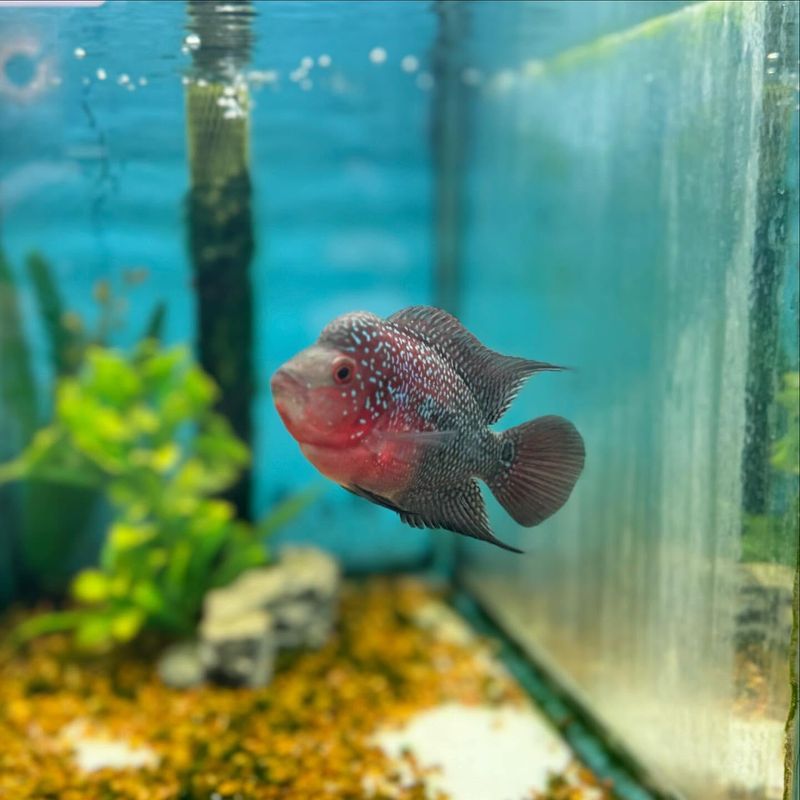
The Flowerhorn Cichlid is a dazzling, man-made marvel known for its distinctive head hump and vibrant scales. Unlike other fish on this list, the Flowerhorn did not evolve in the wild but was bred by aquarists to display unique and striking features.
Highly prized in the aquarium trade, it has become a symbol of ornamental fish breeding. The popularity of the Flowerhorn Cichlid has led to both positive and negative impacts. On one hand, it has sparked interest in fish keeping and aquatic life appreciation.
On the other, it has raised concerns about ethical breeding practices and the potential ecological impact if released into non-native environments.
Aquarists are encouraged to engage in responsible fish keeping, ensuring they provide suitable habitats and avoid releasing these fish into the wild.
The Flowerhorn Cichlid’s story highlights the intersection of human creativity and nature, illustrating both the beauty and responsibility that come with manipulating the natural world.

